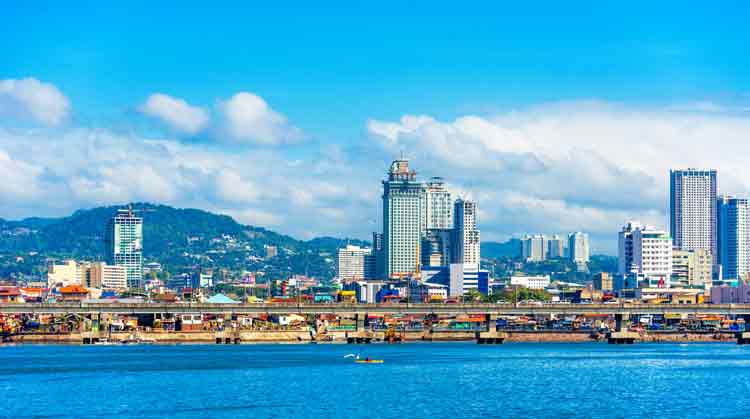Cebu, a picturesque island province in the central Visayas region of the Philippines, is renowned for its stunning beaches, rich cultural heritage, and vibrant city life. One aspect that significantly contributes to the island’s charm is its diverse climate. The tropical climate of Cebu offers a mix of warm temperatures, seasonal rains, and unique weather patterns that make it a year-round destination for travelers and locals alike.
Tropical Climate
Cebu has a tropical climate characterized by two distinct seasons: the dry season and the wet season. This climate type is typical of regions located near the equator and is marked by relatively consistent temperatures throughout the year.
Dry Season: Sunny and Warm
The dry season in Cebu generally runs from December to May. During this period, the weather is predominantly sunny and warm, with temperatures ranging from 24°C (75°F) to 32°C (90°F). These months are ideal for beachgoers and outdoor enthusiasts who want to take advantage of Cebu’s numerous attractions, such as its pristine beaches, waterfalls, and hiking trails. The warm and dry conditions are perfect for activities like snorkeling, diving, and island hopping.
Wet Season: Refreshing Rains
The wet season in Cebu typically occurs from June to November, bringing with it increased humidity and frequent rainfall. Despite the rains, temperatures remain relatively high, ranging from 25°C (77°F) to 30°C (86°F). The rains are usually in the form of afternoon showers or thunderstorms, which can be heavy but are often brief. The wet season is also marked by the occasional typhoon, which can bring more intense and prolonged periods of rain.
The rains during this season have their own charm, rejuvenating the island’s lush landscapes and filling its rivers and waterfalls. The wet season is a great time to explore Cebu’s inland attractions, such as the Osmeña Peak and the many caves and waterfalls scattered across the island.
Microclimates: A Unique Aspect of Cebu
One of the most fascinating aspects of Cebu’s climate is its microclimates. Due to its varied topography, different parts of the island can experience different weather conditions at the same time. For instance, while the coastal areas might be basking in the sun, the mountainous regions in the interior could be experiencing a refreshing rain shower. This diversity allows visitors to choose their preferred climate depending on their activities and interests.
Best Time to Visit
The best time to visit Cebu largely depends on what you want to do. The dry season is ideal for beach activities, water sports, and outdoor adventures. The wet season, on the other hand, offers a different kind of beauty, with lush green landscapes and fewer tourists. However, it’s always wise to check the weather forecast, especially if planning a trip during the typhoon season.
Conclusion
The diverse climate of Cebu adds to its allure as a travel destination. Whether you’re seeking sunny days on the beach, refreshing rain showers, or the unique experience of microclimates, Cebu has something to offer all year round. Its tropical climate not only enhances the natural beauty of the island but also provides a dynamic backdrop for the many activities and experiences that make Cebu a remarkable place to visit.
4o





